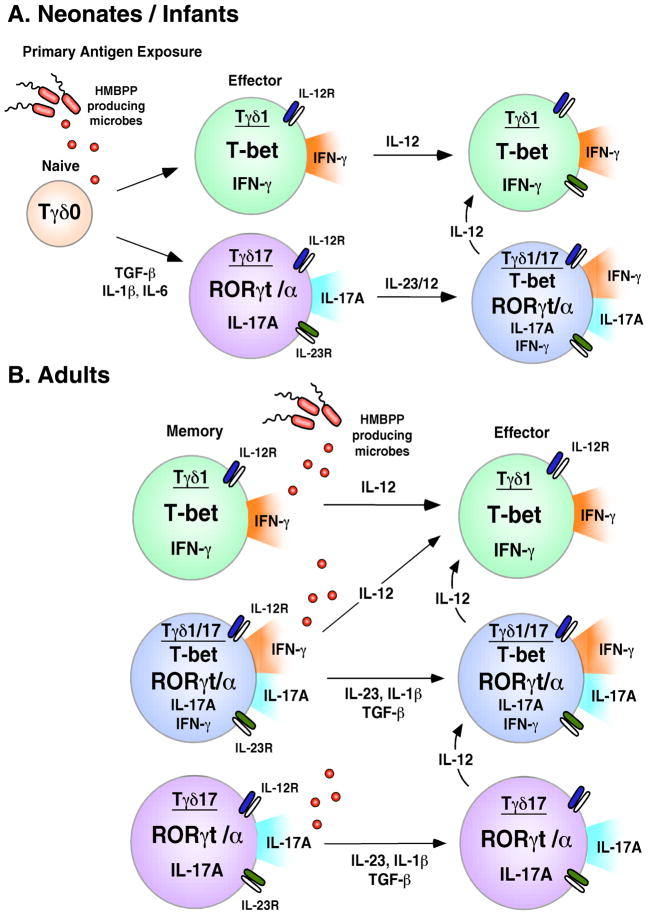FIGURE 7. Steps in the differentiation and expansion of neonatal and adult Tγδ17 and Tγδ1/17 Vγ2Vδ2 T cells.
A. Neonates/Infants. Naïve Vγ2Vδ2 T cells present in neonates are polarized to the Tγδ17 phenotype by antigen activation in the presence of IL-6, IL-1β, and TGF-β. These early Tγδ17 cells are characterized by elevated expression of RORγt, IL-17A production, and minimal expression of IFN-γ and T-bet. The Tγδ17 cells up-regulate IL-23R (and likely IL-12R) enabling them to maintain their Tγδ17 phenotype in the presence of IL-23, IL-1β, and TGF-β or to convert to a Tγδ1/17 phenotype in the presence of IL-23 or IL-12. B. Adults. Most adult Vγ2Vδ2 T cells are memory cells and include small but significant populations of Tγδ1/17 and Tγδ17 cells. Expansion of adult memory Tγδ1/17 and Tγδ17 cells by HMBPP requires IL-23 in addition to IL-1β and TGF-β but not IL-6. Tγδ1/17 and Tγδ17 likely have limited persistence and are either short-lived effector populations or are converted to Tγδ1 through the effects of IL-12.

